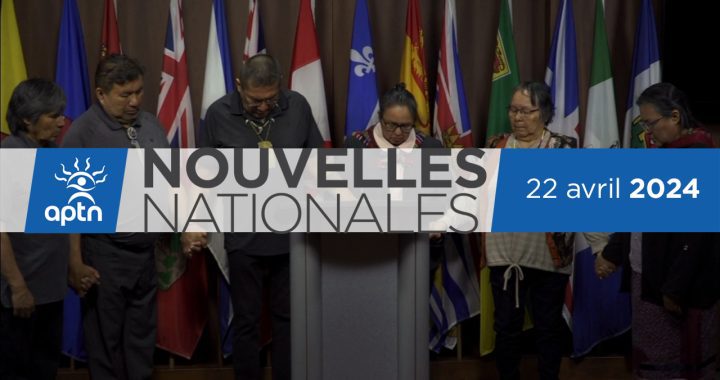Warning: This story has disturbing details about the Kamloops residential school. If you are feeling triggered, the National Indian Residential School Crisis Hotline can be reached at 1-866-925-4419.
Rose Miller knows a lot about the Kamloops residential school.
“My Dad Henry, My Brother Bobby, My Uncle John, My Uncle Louie, my cousins and aunts and myself right here,” she said.
By right here, she’s talking about the country’s largest residential school which at times, housed 500 First Nations children from more than a dozen communities in British Columbia.
It first opened in 1890 and was operated by the Catholic church. In 1969, it was handed over to the federal government.
“It was awful because the food that they fed us for breakfast was lumpy uncooked mush with sour milk lots of times the food truck used to come in at five in the morning we could smell all that bread and we couldn’t have bread half the time we were so hungry,” said Miller who is now 80.
“They’d give us boxes of apples from the apple orchard down here and a lot of times they were all rotten and we’d have to scrape out the rotten part of the apple and eat it.”
On May 27, Tk’emlúps te Secwépemc announced that the bodies of 215 children had been discovered on the Kamloops site using ground penetrating radar.
It’s been about 73 years since Miller first walked through the doors of the school as a seven year old from Canim Lake, B.C., in 1949.
She said she and her two brothers were forcibly removed from their home.
At the age of eight she tried to run away along a river bank.
“I stole some paper and an envelope so I could mail a letter to my Dad to come and get us,” she told APTN News. “And then we got caught. They took all of us girls, we used to play by the river here, they took everyone into the dorm and they made us strip down to our panties so there was three of us well we called it bloomers that’s all they gave us, so then they had a great big strap.
“It must have been a quarter inch or half an inch and I just remember the Nun pulling up her sleeves like this and jumping and hitting us on the back with that strap about ten times and then we had to get our haircut really, really short and really short up here.”
Three years went by when finally Miller and her siblings were picked up by their father and never returned to the school.
APTN News got exclusive access inside the school. Miller joined us on a tour of the former school.
“We had to clean everything yeah some people were punished and they would have to scrub these stairs with a tooth brush,” she said.
As she continued to walk the hallways, she said memories came flooding back.
“This is the heeby jeeby place, the evil place. This is where some of the boys went upstairs to make room there used to pews all along here girls side boys side they’d have an aisle along here and up there is where the priest would say that mass.
“We were told if we didn’t pray we were going to ‘burn in hell’ where the Romans were going to come and rape us and cut our eyes out burn our hands and feet and burn off our fingernails so we’d pray a lot harder,” she said.
“It was pretty horrid when you think about how their religion controlled us.
Miller said she isn’t surprised by the discovery of the 215 children found buried on the property – she said she believes there is likely more.
Out of respect to the community and the young victims, APTN won’t be showing the site where they were found until more ceremonial work is completed.









